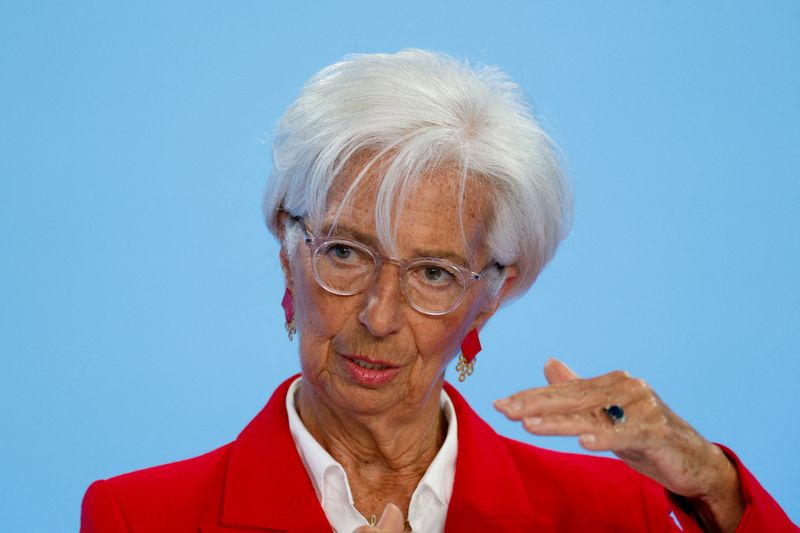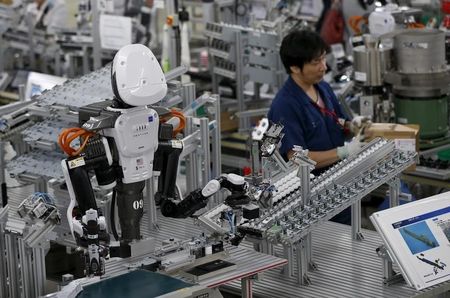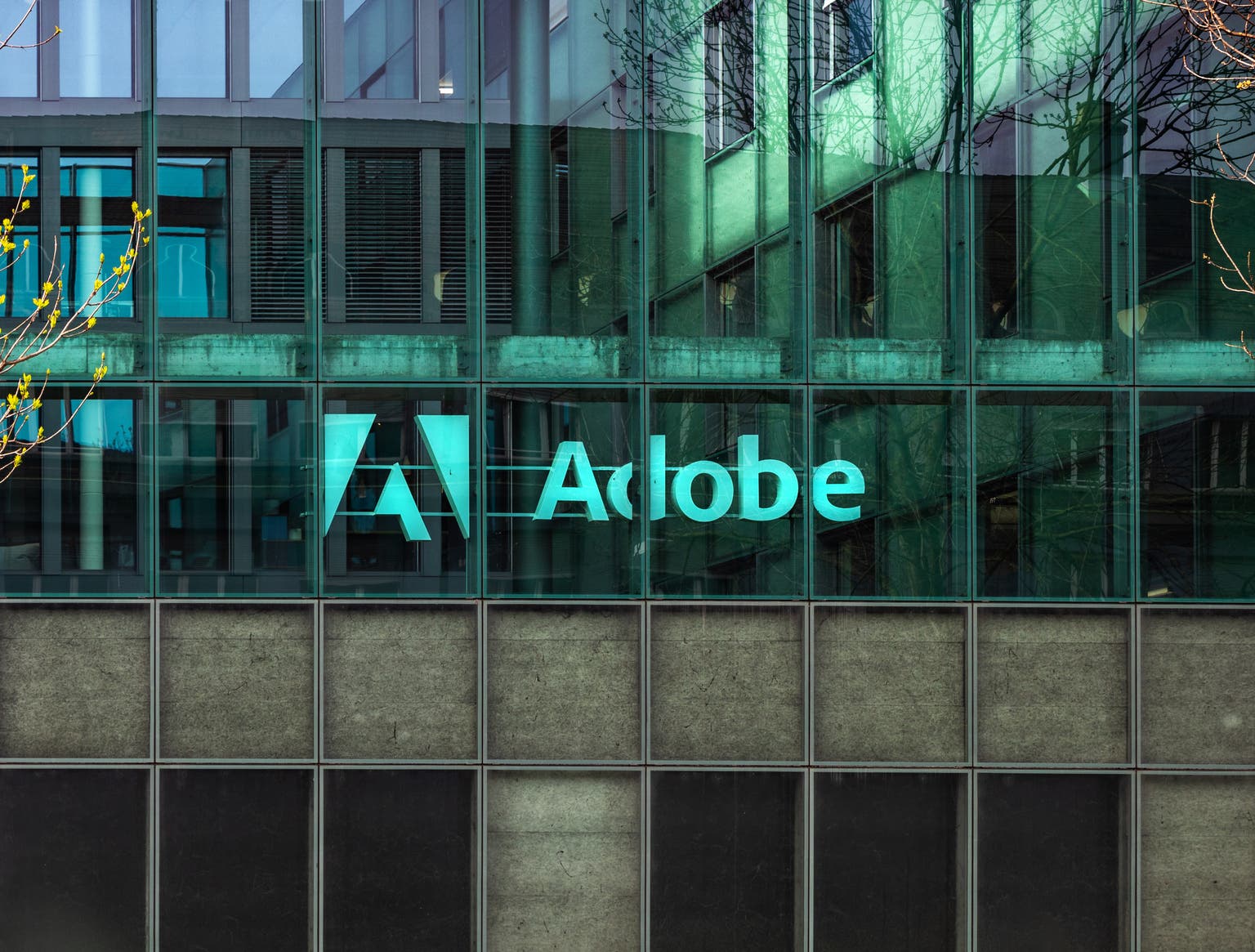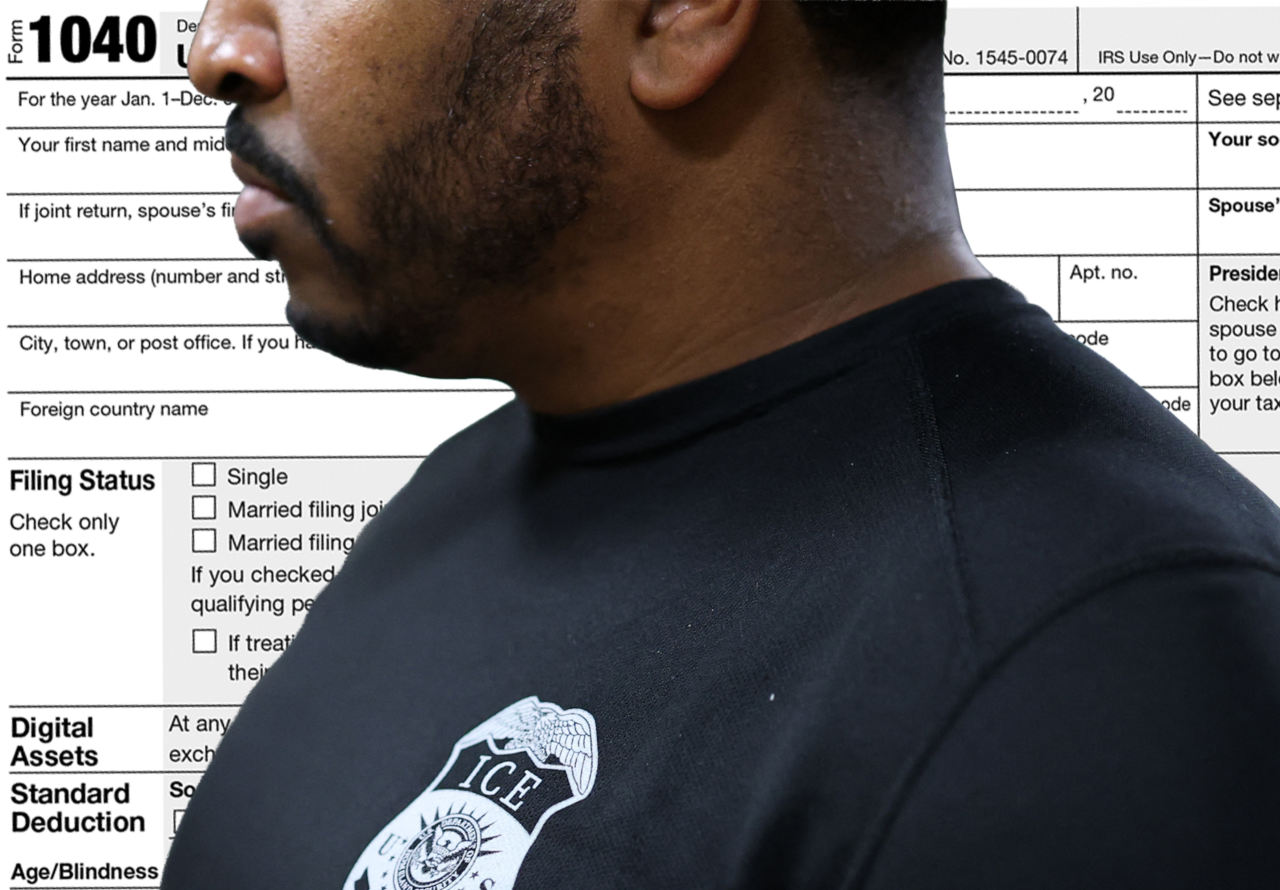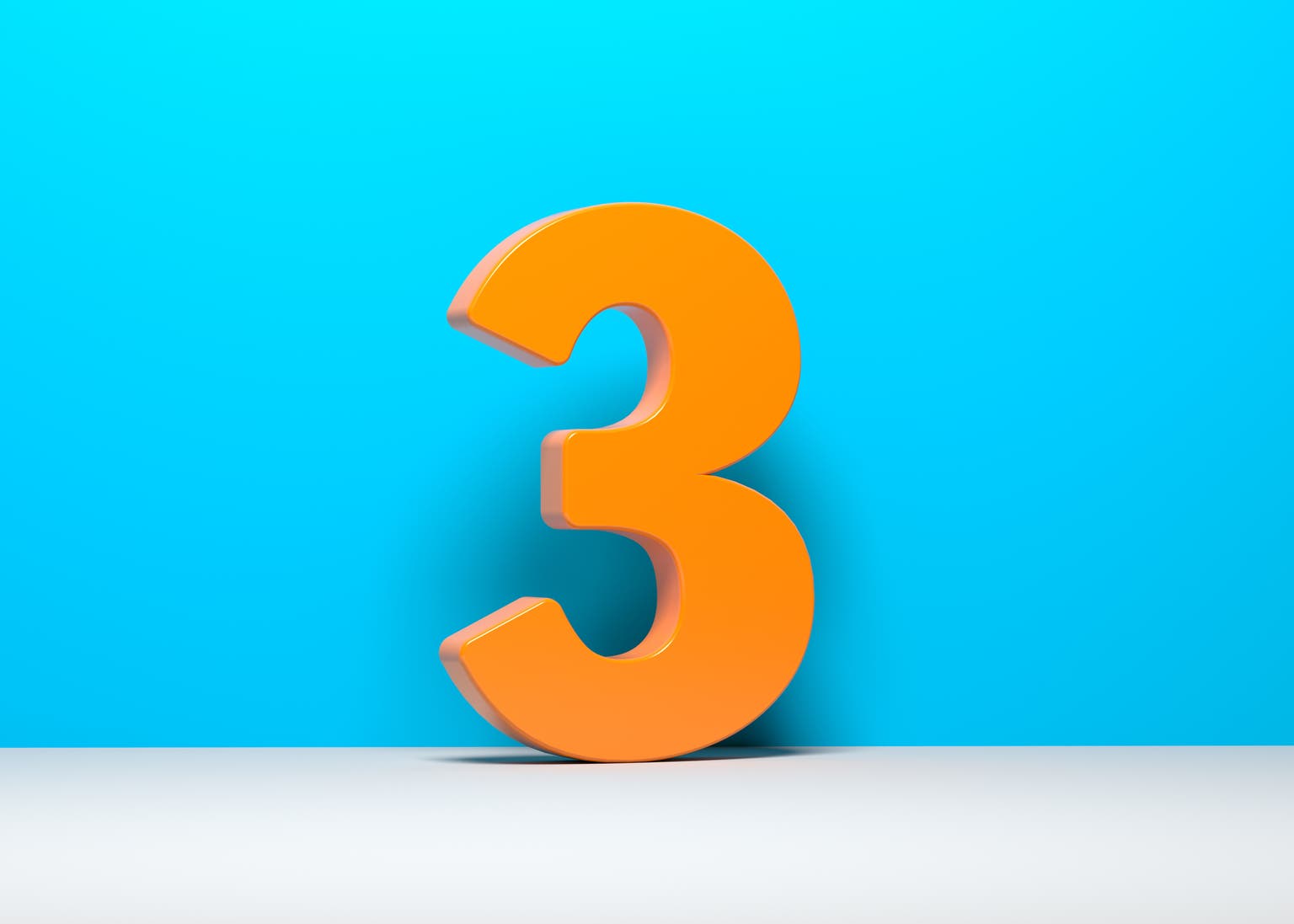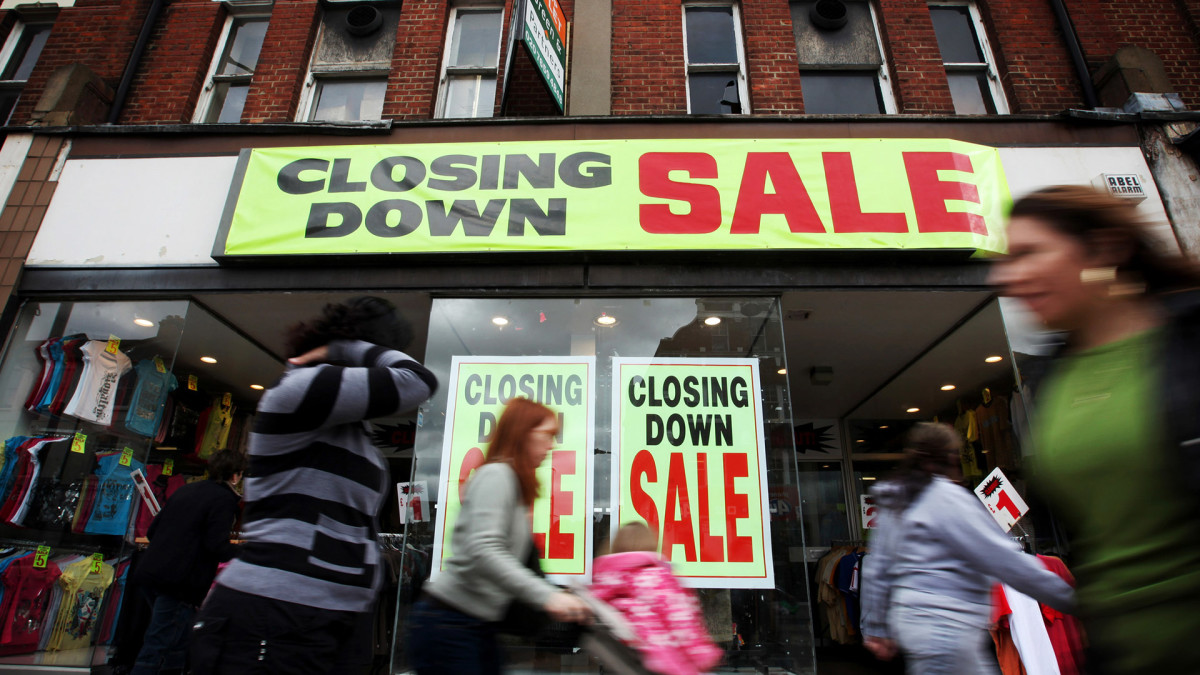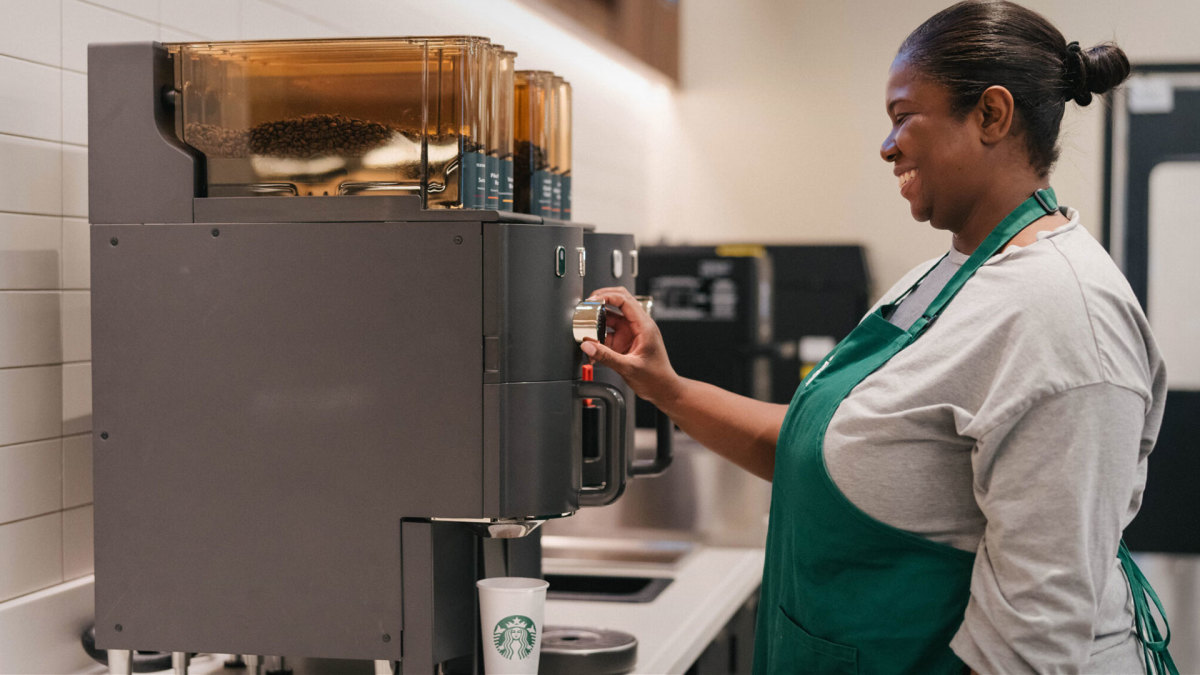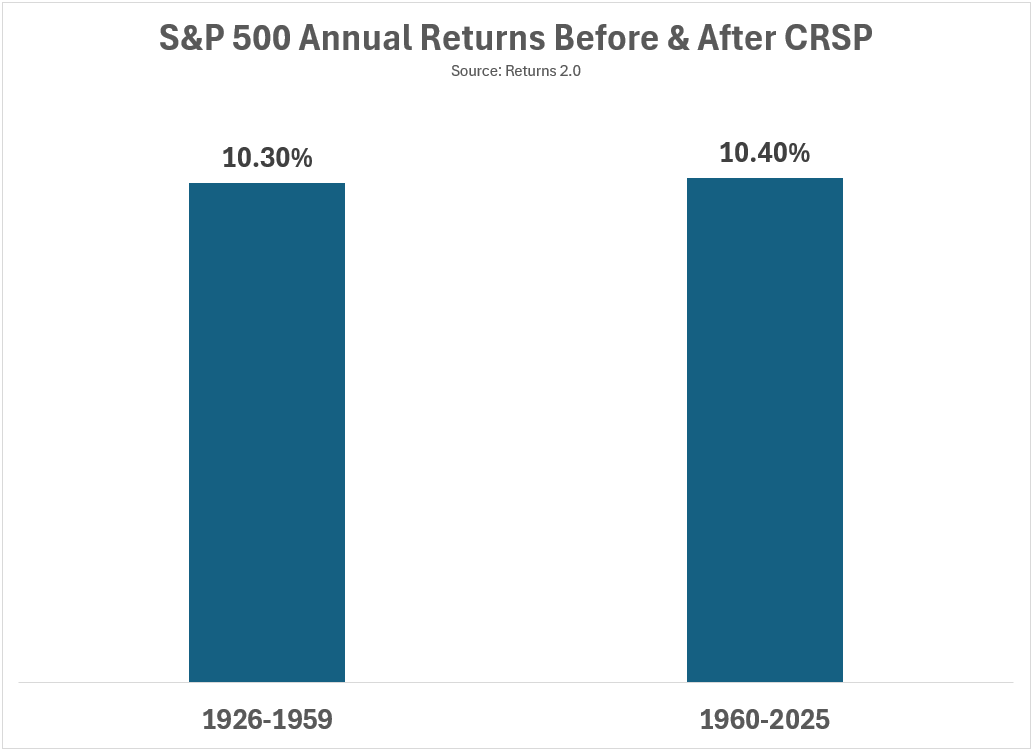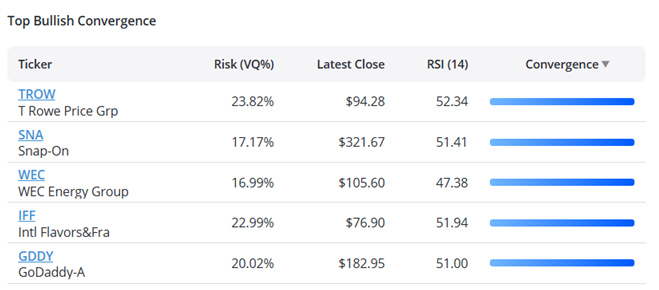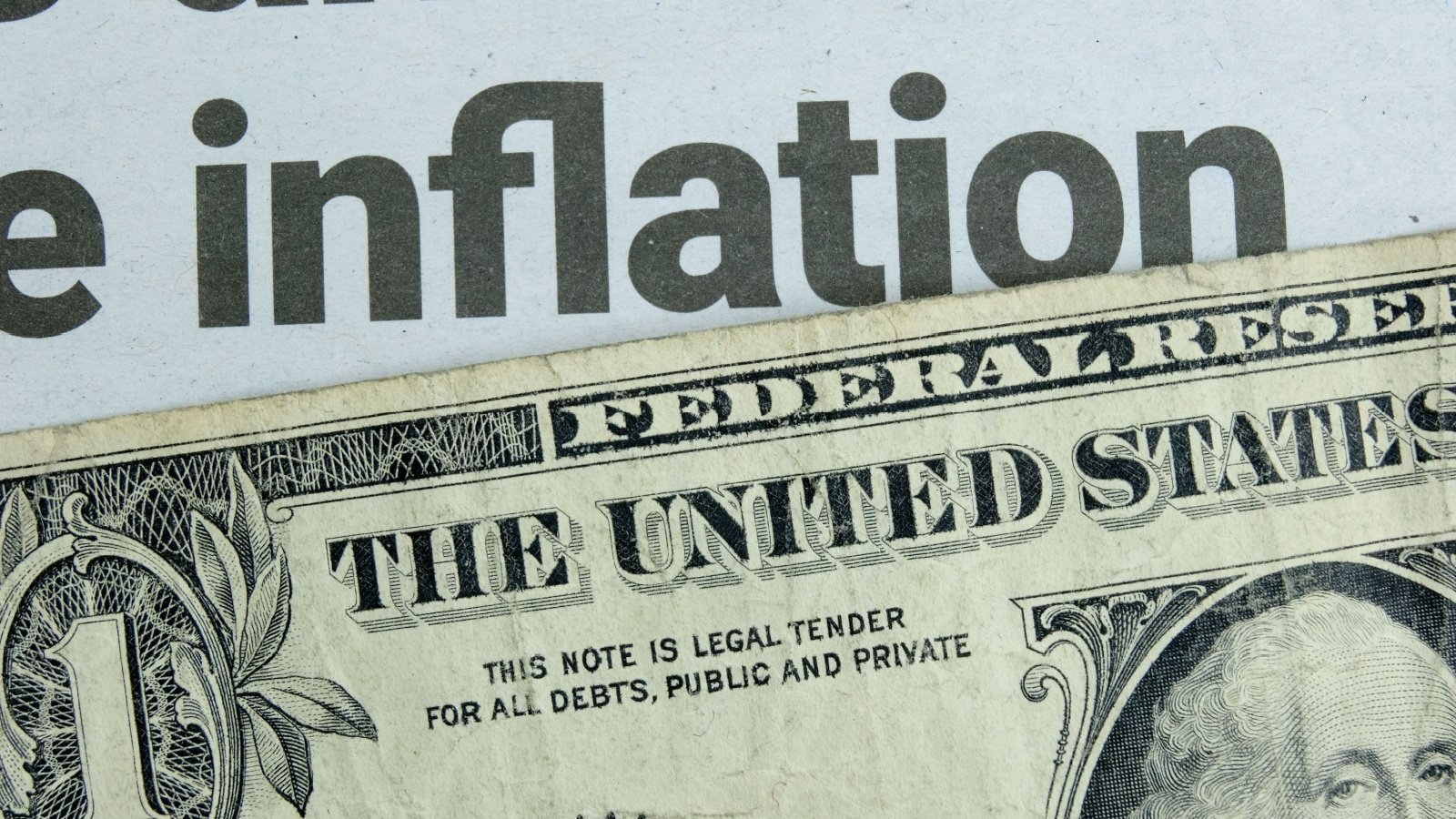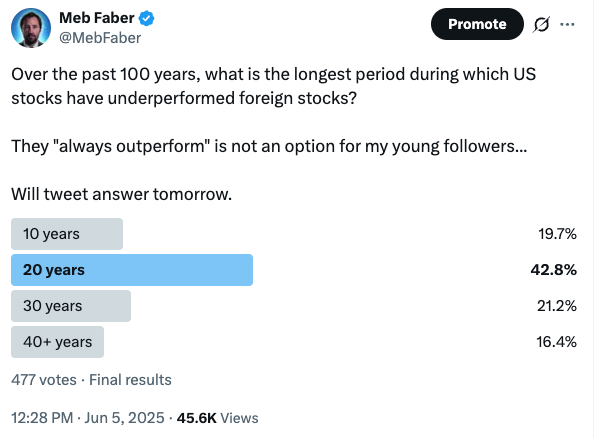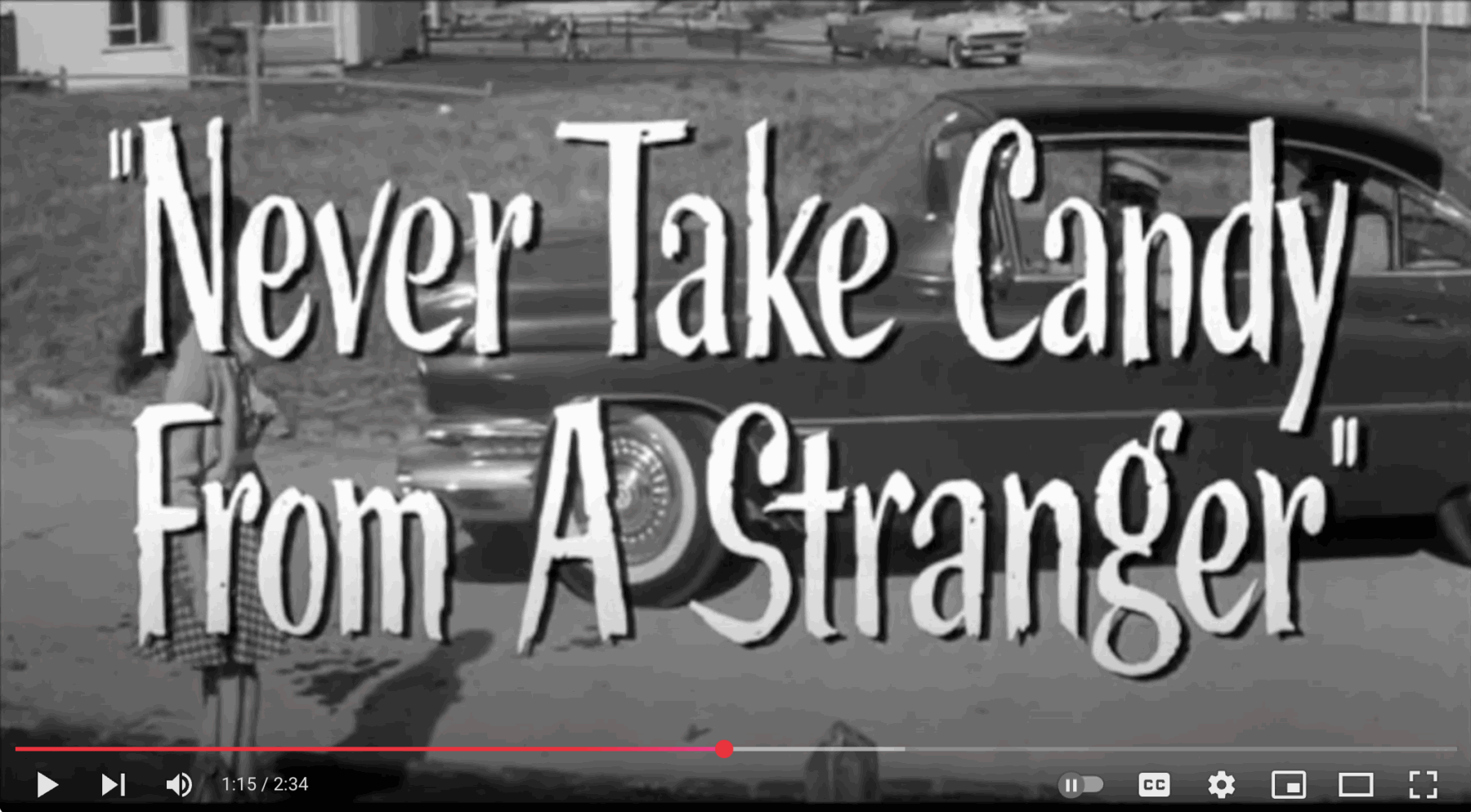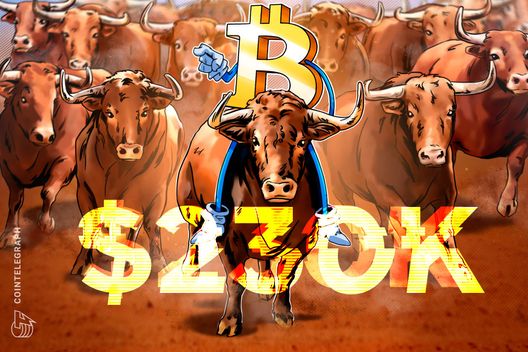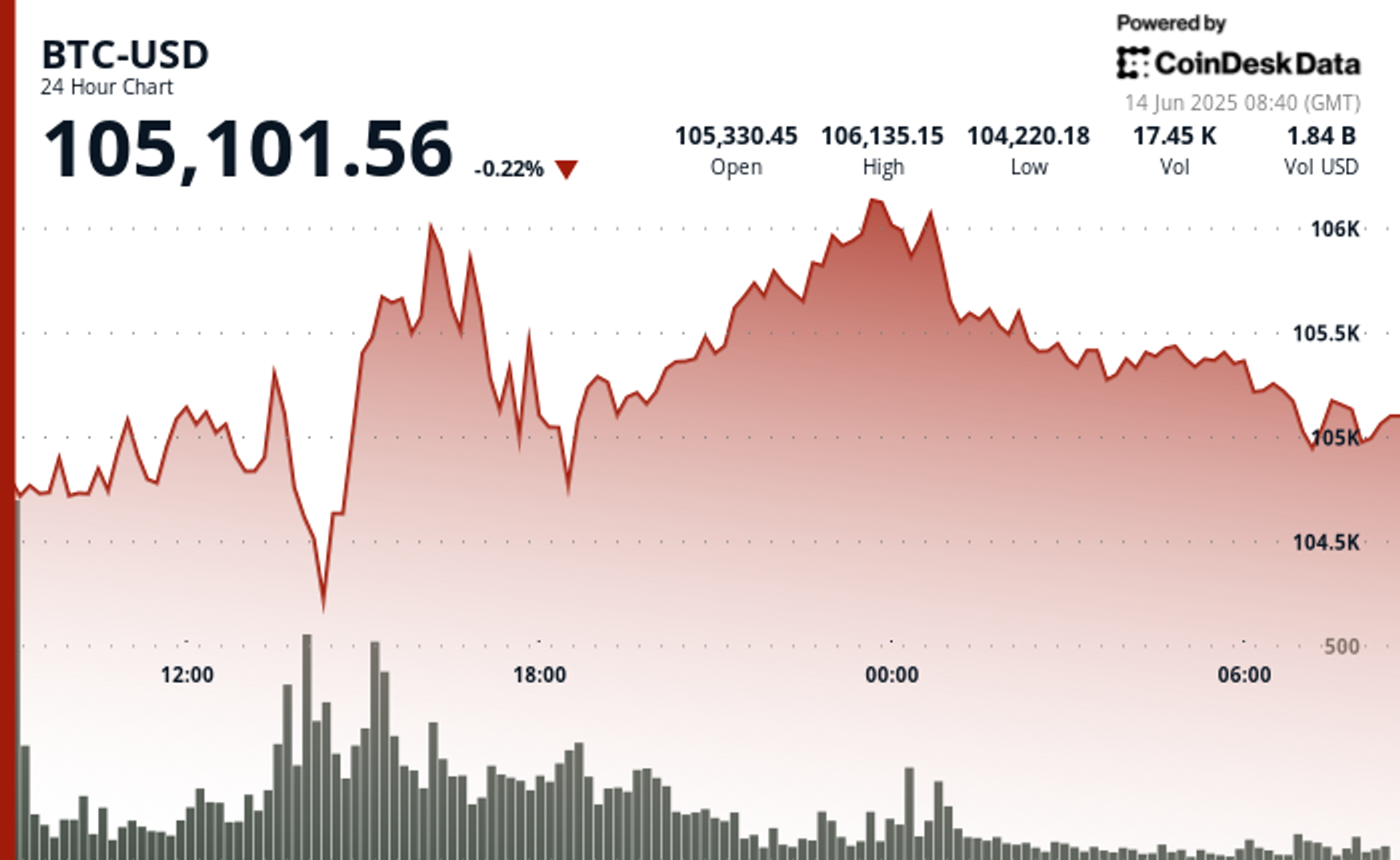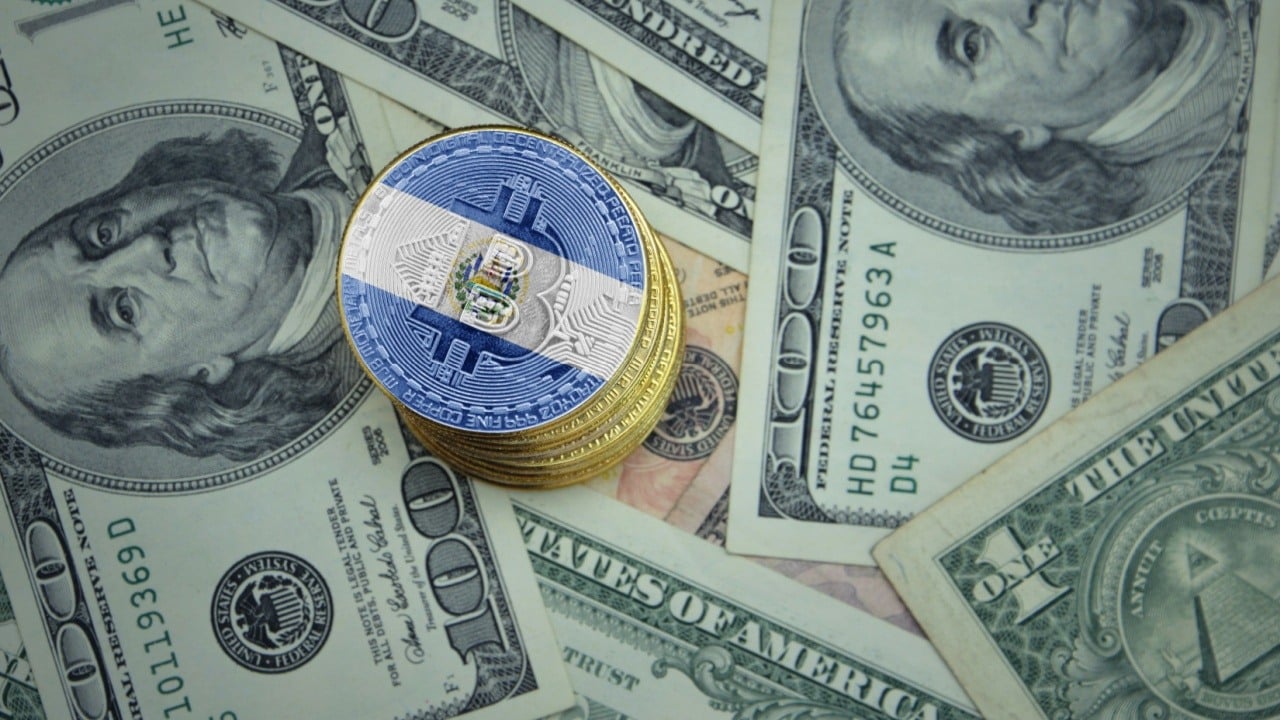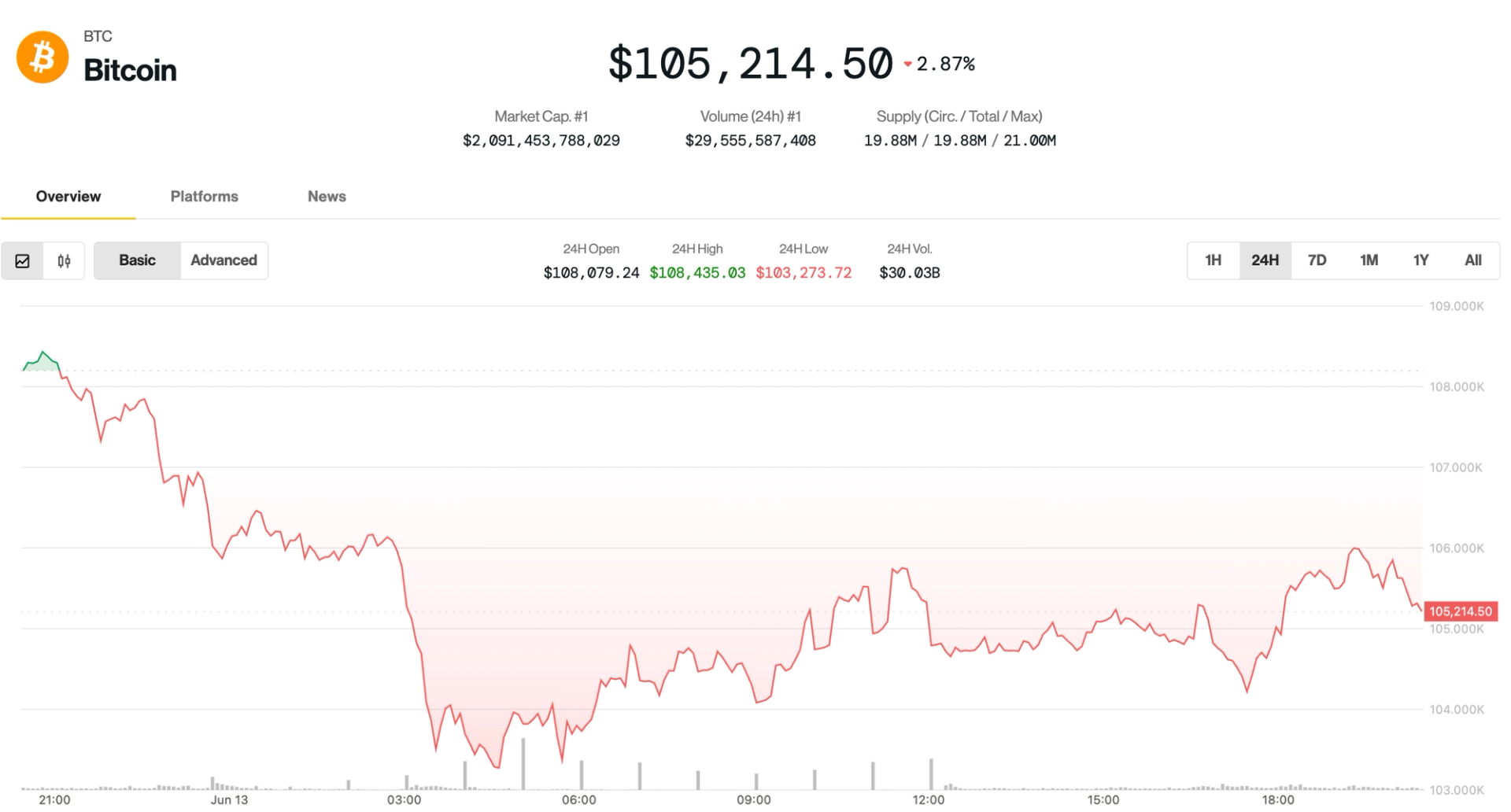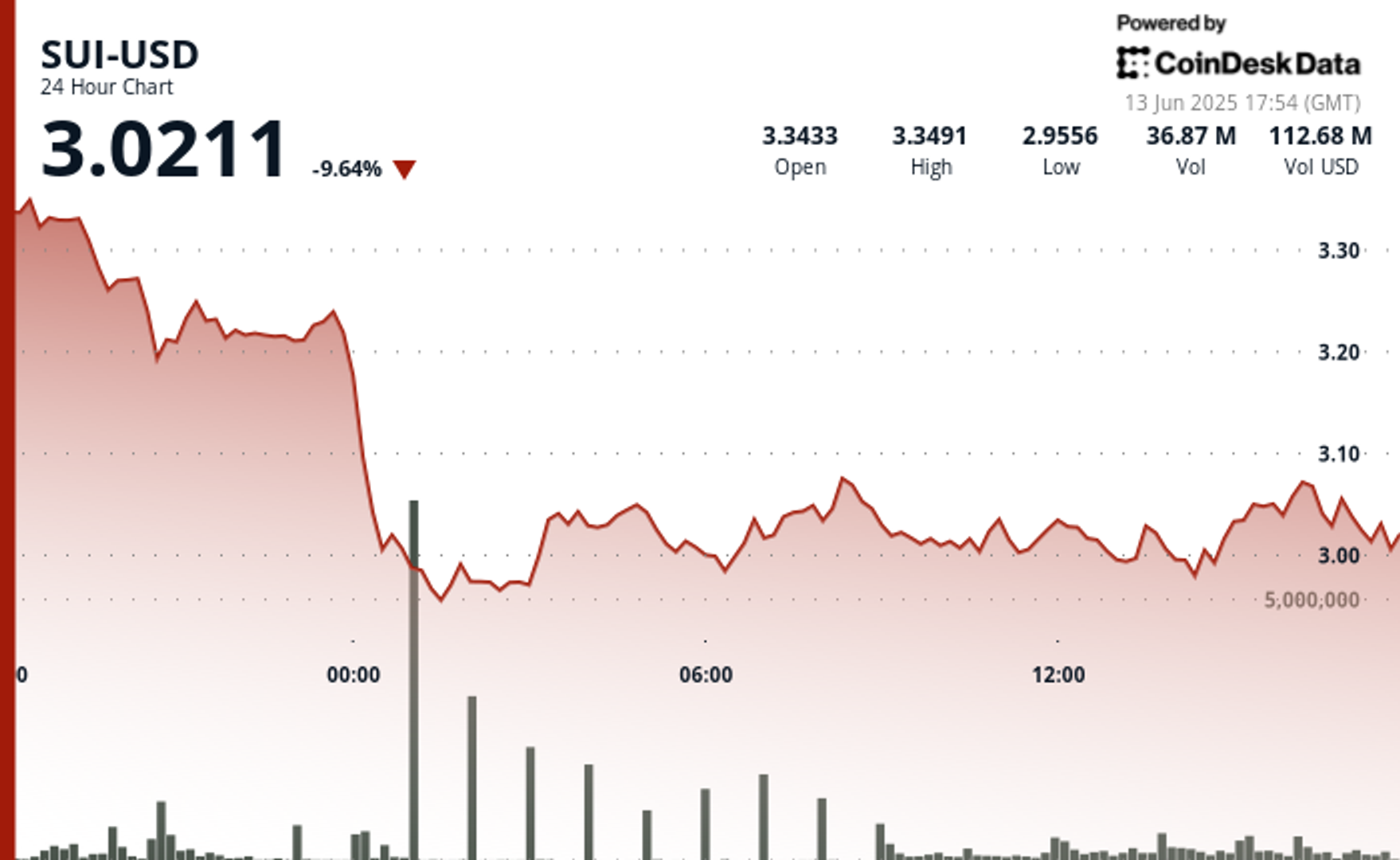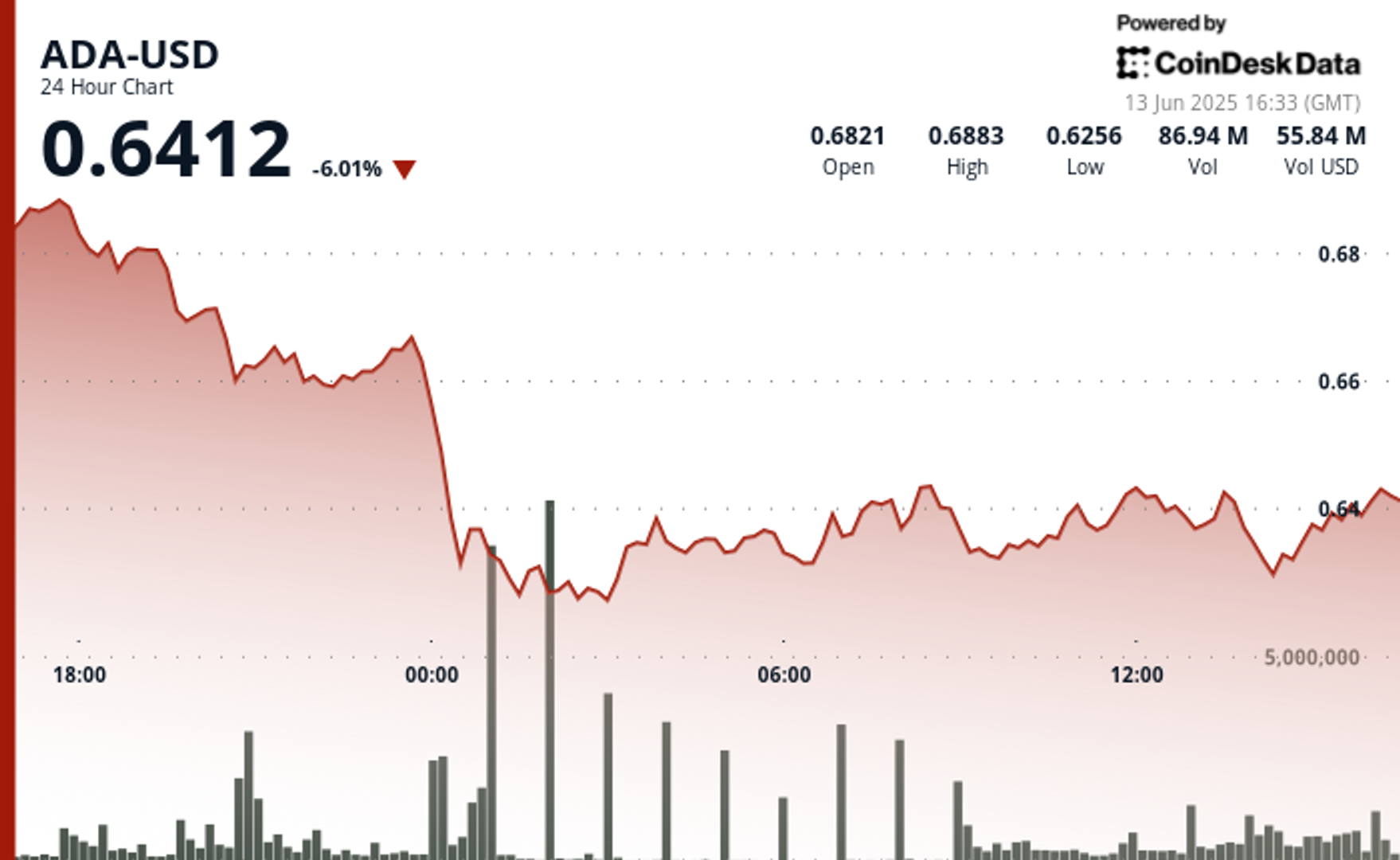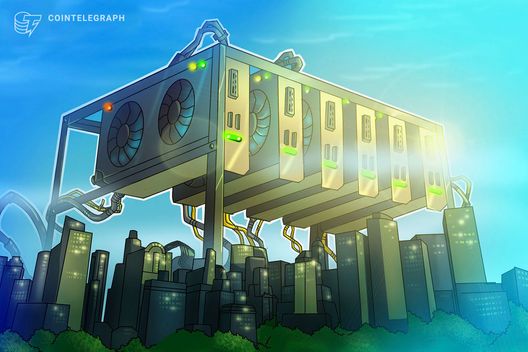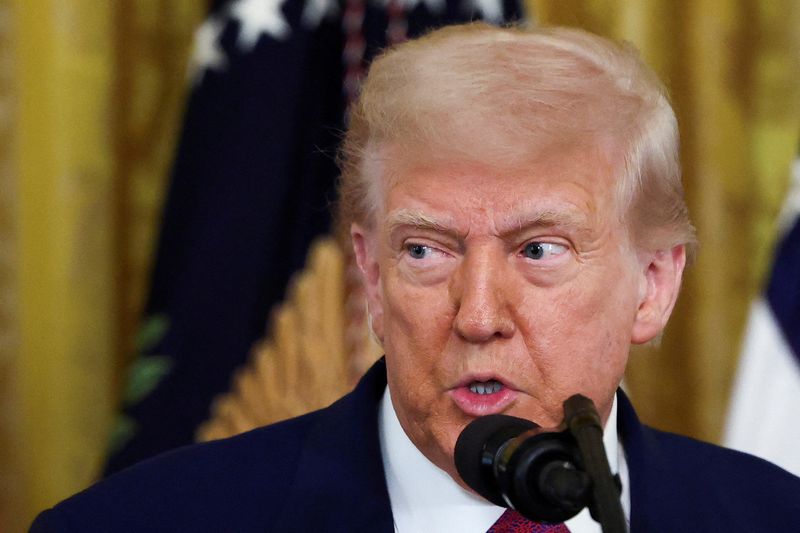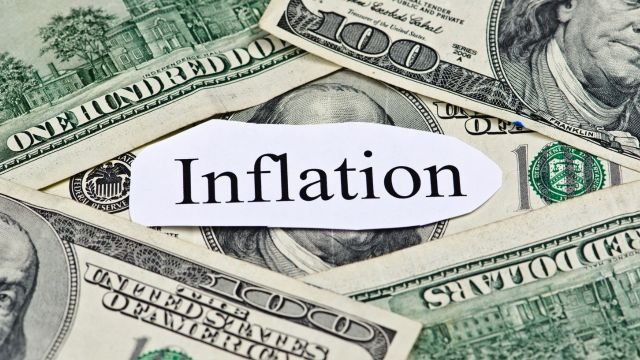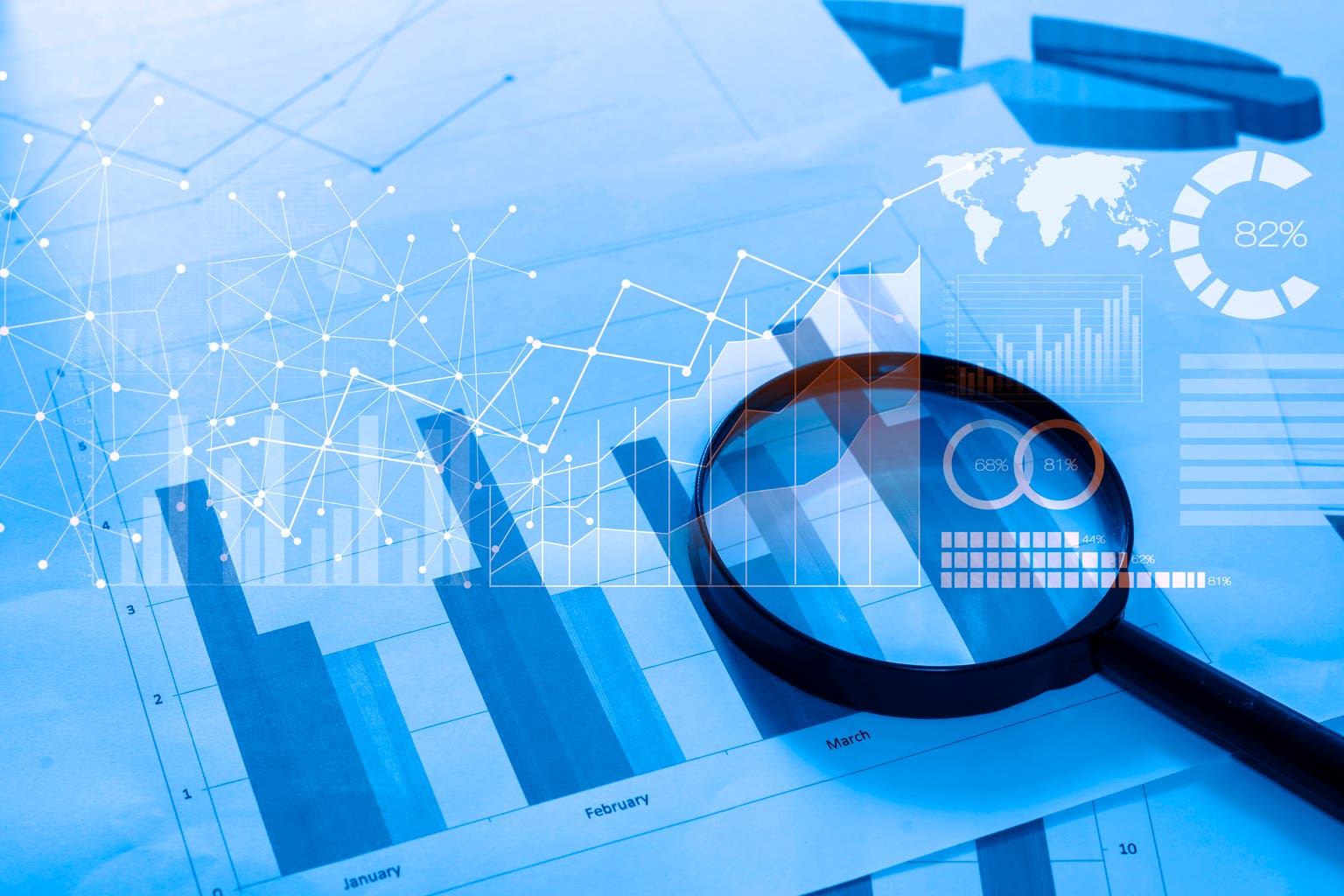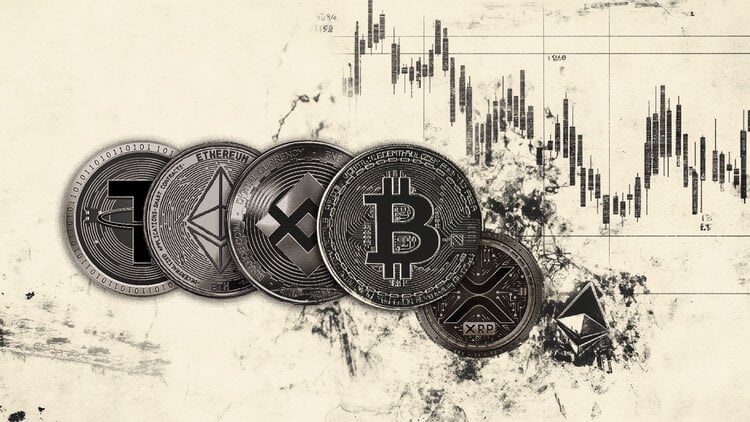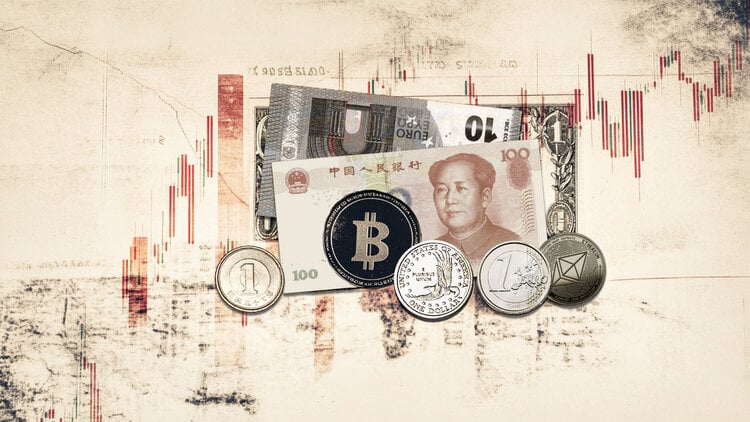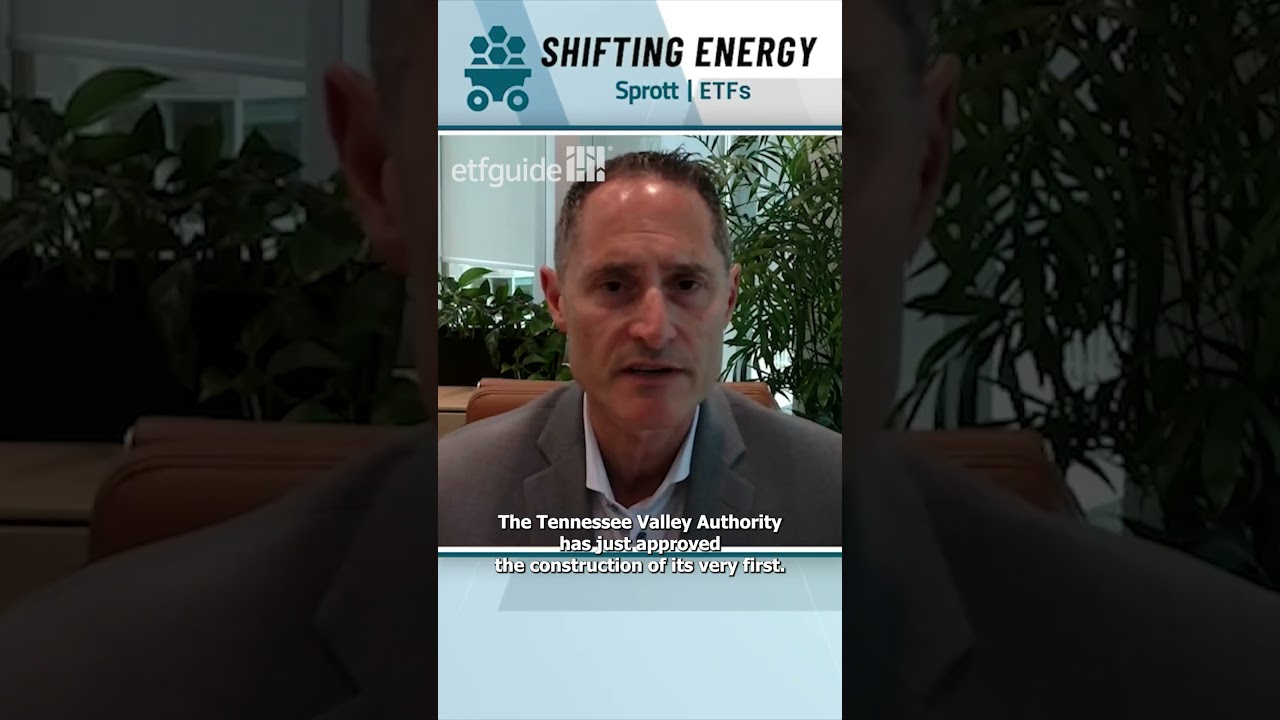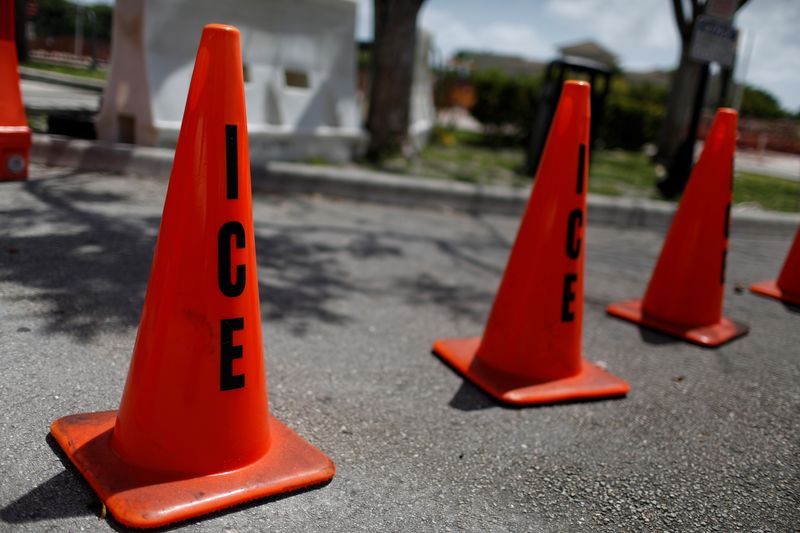Car buyers should be nervous about this emerging trend
Bank of America sees a tough road ahead for car buyers.
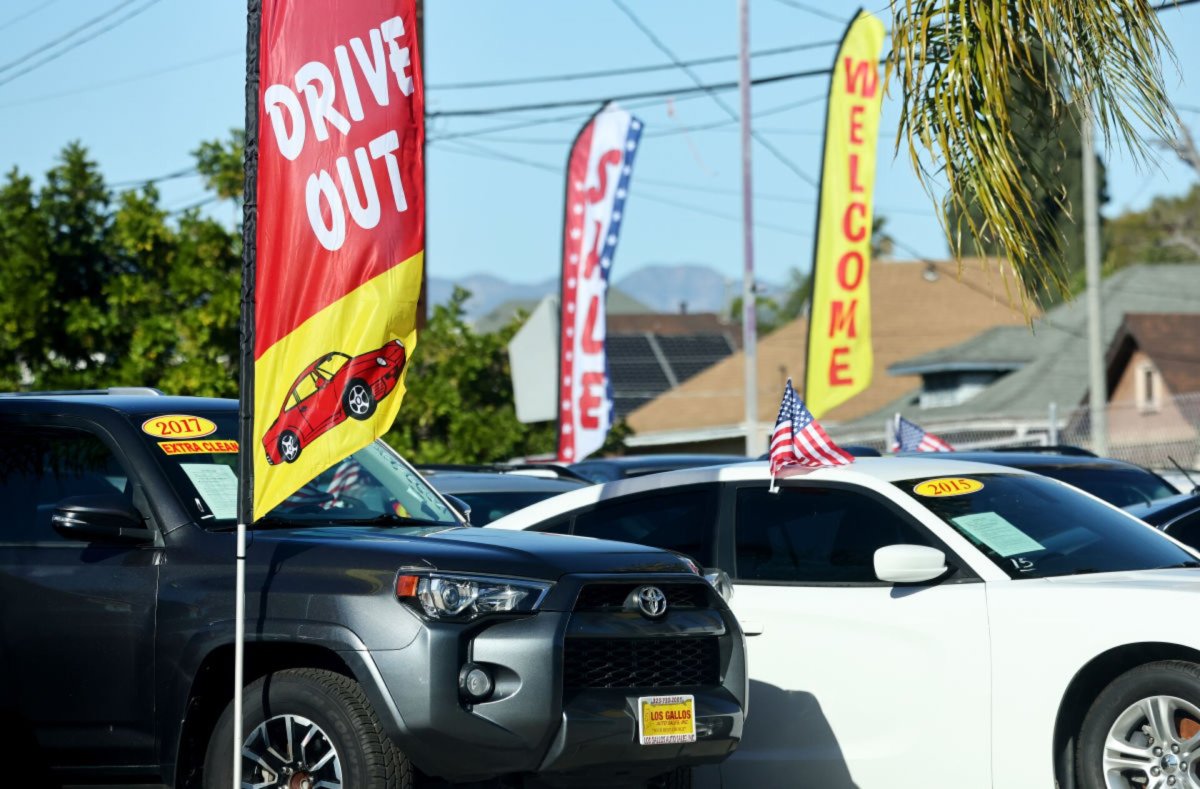
If you are in the market for a new vehicle, signs suggest that the buyers' market, which thrived in the first half of the year, is coming to an end.
Due to the uncertainty surrounding President Donald Trump's trade war, dealers have increased incentives to combat consumer sentiment, which has been in the tank since Trump took office.
Related: Car buyers should shop these brands for the best tariff deal
Nearly half of American drivers cite car expenses as the reason they can't save any money, and the average American spends about 20% of their monthly income on auto loans, fuel, insurance, and maintenance.
Most financial experts cap the monthly income you should spend on a vehicle at 15%.
According to a MarketWatch Guides survey, about 10% of drivers say they spend 30% of their monthly income on driving, while another 12% said they "found themselves living paycheck to paycheck due to the financial strain of their cars."
So, finding the right car for the right price is the name of the game.
According to a new analysis from Bank of America, this year has been good for car buyers. But things are about to take a turn.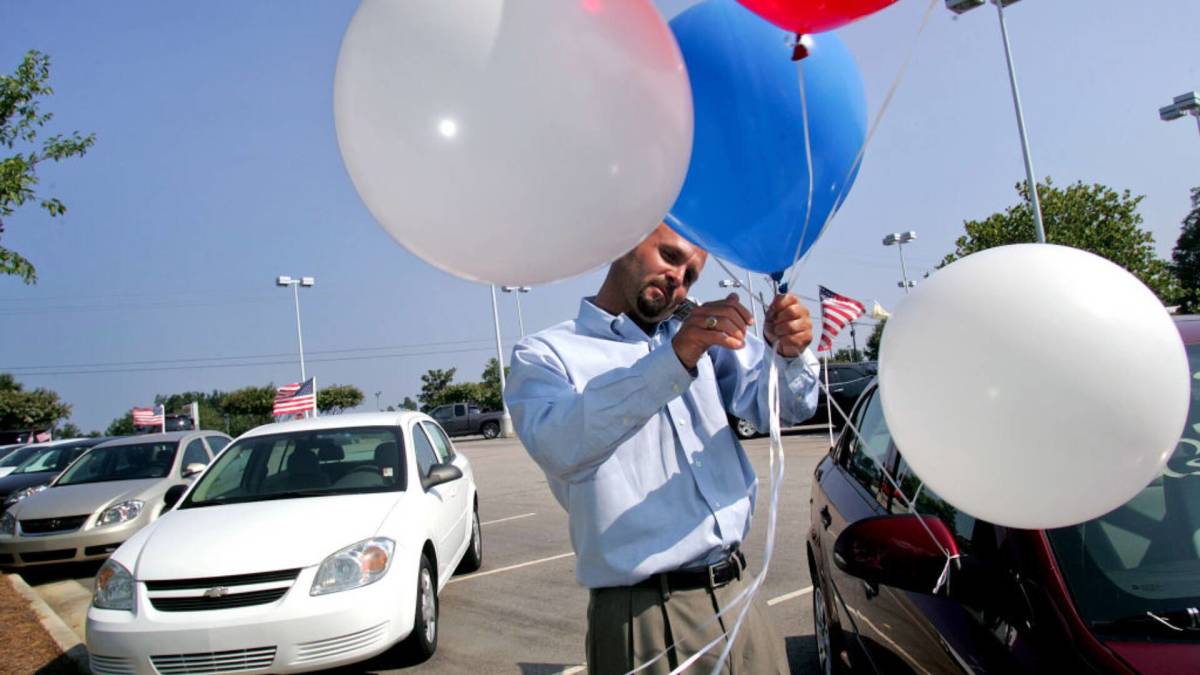
Auto prices are climbing as demand dwindles
Car dealers have piled on the incentives in recent months to get customers through their doors.
The plan worked.
Auto sales have climbed sharply in recent months as consumers were motivated by the incentives and the need to buy vehicles before any tariff-related price increases.
But Bank of America is now saying that the growth it saw in consumer vehicle loan applications has declined from its peak in April, "suggesting that 'buying ahead' has largely run its course."
Bank of America expects lower-income and younger buyers to feel the most pain, as its data shows that median car payments have grown faster than new and used car prices since 2019.
Shockingly, of those households with a monthly car payment, 20% have a payment over $1,000.
Related: Car buyers notice a disturbing trend at the car lot
Meanwhile, Baby Boomers, Gen X, and older Millennials all saw decreases in the percentage of their members paying more than $2,000 a month for their vehicles in the past few months.
Gen Z and younger Millennials saw an increase in members paying over that amount.
Bank of America also saw an increase in $2,000 a month auto bills among people making less than $50,000 and between $50,00 and $100,000. Meanwhile, that type of spending decreased among people making more than $100,000.
"Bank of America payments data shows that overall median car payments are already more than 30% higher than the 2019 average and have now outpaced both new and used car prices, possibly as there is a push towards more expensive cars," analysts Taylor Bowley and David Tinsley wrote.
However, the majority of automakers reported reducing incentive spending in May. Dealers like Volkswagen, Mazda, Land Rover, Volvo, and BMW all reduced incentive spending by more than 10%.
Incentives were also notably lower month over month for Stellantis.
Car buyers have much to consider before making that decision
Car buyers must consider several factors before making a purchase.
Of course, the vehicle itself is only part of the expense, as it will need insurance, maintenance, and gas to run.
In addition to capping your car payments at about 15% of your monthly take-home, financial experts also recommend shoppers aim for a 20% down payment, a 36 to 48-month loan term, and expenses (including insurance) at between 8% and 10% of your gross monthly income.
Experts also recommend that you know your credit score and loan approval amount in advance and that you shop around with different lenders for the best rate.
Related: New car prices are rising; here's where to get the best deal





